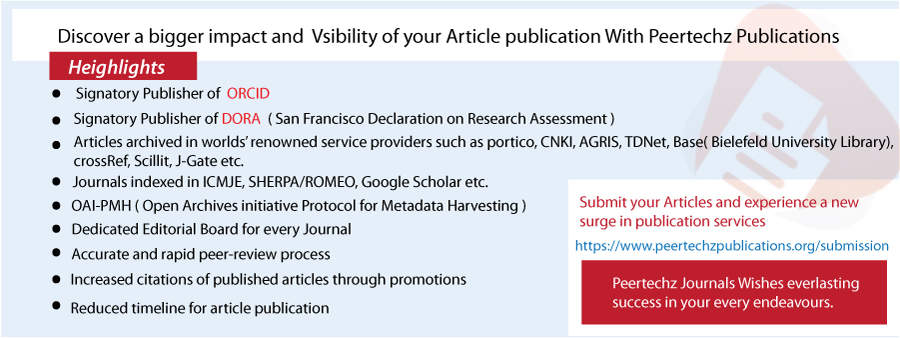Annals of Alzheimer's and Dementia Care
Why Does Neuroplasticity Fail to Rescue the Alzheimer’s Brain? Biological Brakes and Philosophical Reflections
1Department of Health Care Services, Division of Podiatry, Vocational School of Health Services, Kocaeli University, Kocaeli, Türkiye
2Department of Pharmacology, Kocaeli University Medical Faculty, Kocaeli, Türkiye
Author and article information
ORCiD: Beyza Aksu: Bekir Faruk Erden: https://orcid.org/0000-0002-2542-5158
Cite this as
Aksu B, Erden BF. Why Does Neuroplasticity Fail to Rescue the Alzheimer’s Brain? Biological Brakes and Philosophical Reflections. Ann Alzheimers Dement Care. 2025;9(1):017-018. Available from: 10.17352/aadc.000031
Copyright License
© 2025 Aksu B, et al. This is an open-access article distributed under the terms of the Creative Commons Attribution License, which permits unrestricted use, distribution, and reproduction in any medium, provided the original author and source are credited.Abstract
Alzheimer’s disease represents a paradox in which the brain’s intrinsic capacity for neuroplasticity fails to prevent progressive decline. Unlike stroke, where intact circuits can reorganize and restore function, AD is marked by diffuse degeneration and active molecular brakes that suppress recovery. This article reviews the dual barriers of myelin-associated inhibitors and chronic neuroinflammation, and further considers the philosophical implications of conditional plasticity. Therapeutic strategies must therefore aim both to release inhibitory signaling pathways and to support the structural substrate of cognition.
Alzheimer’s disease embodies a striking paradox: the human brain’s famed capacity for neuroplasticity simply fails when it is needed most. After a stroke, patients can relearn to walk or speak; cortical maps reshape, and function returns. Yet in Alzheimer’s disease (AD), this restorative force does not emerge. The obvious question arises-why?
We argue that the explanation lies in the “brakes” of neuroplasticity. Far from being a free-flowing repair system, the adult brain is actively restrained by molecular gatekeepers. Myelin-associated inhibitors such as Nogo-A, myelin-associated glycoprotein (MAG), and oligodendrocyte myelin glycoprotein (OMgp) activate the Nogo receptor, triggering RhoA/ROCK signaling to collapse neurites and block sprouting [1]. At the same time, chronic neuroinflammation in AD amplifies the blockade: cytokines such as interleukin-1β and tumor necrosis factor-α impair long-term potentiation and memory consolidation [2]. In addition, recent evidence shows that network instability and the collapse of homeostatic mechanisms further restrict adaptive remodeling [3].
This dual inhibition explains the paradox. Stroke represents an acute focal insult, sparing networks that can reorganize. Alzheimer’s, however, is a slow and diffuse degeneration—eroding not only neurons but also the scaffolds on which plasticity depends. Thus, the very conditions that foster recovery in stroke are absent in AD.
Beyond biology, this raises a philosophical challenge. Neuroplasticity is not a universal healing principle; it is conditional. In some diseases, the brain is permitted to rescue itself; in others, it is forbidden. The stroke brain benefits from plasticity; the Alzheimer’s brain is locked out of its own defense. This perspective forces us to abandon overly romantic notions of neuroplasticity and face its limits.
For therapy, this means that simply “boosting plasticity” in AD will not suffice. Instead, strategies must combine two steps: first, releasing the brakes (for example, using ROCK inhibitors or anti-Nogo agents) [4]; second, nurturing the substrate with trophic factors, enriched environments, or cognitive interventions [5,6]. Clinical neuroscience has increasingly emphasized that harnessing neuroplasticity requires both molecular interventions and structured rehabilitation paradigms [7]. Without lifting the restraints, plasticity remains a locked door in a collapsing house.
Conclusion
Neuroplasticity is not inherently protective; its efficacy depends on biological permissiveness, disease context, and timing. In stroke, preserved networks enable adaptive remodeling, but in AD, diffuse degeneration and active molecular brakes deny the brain this opportunity. Recognizing these constraints allows the field to move beyond over-romanticized views of plasticity and to pursue realistic therapeutic strategies that integrate molecular, cognitive, and environmental interventions. In this context, deficits in neurotrophin signaling [8] and variations in cognitive reserve [9] highlight why neuroplasticity alone cannot explain resilience in Alzheimer’s disease.
References
- Schwab ME, Strittmatter SM. Nogo limits neural plasticity and recovery from injury. Curr Opin Neurobiol. 2014;27:53–60. Available from: https://doi.org/10.1016/j.conb.2014.02.011
- Heneka MT, Golenbock DT, Latz E. Innate immunity in Alzheimer's disease. Nat Immunol. 2015;16(3):229–36. Available from: https://doi.org/10.1038/ni.3102
- Frere S, Slutsky I. Alzheimer’s disease: From firing instability to homeostasis network collapse. Neuron. 2018;97(1):32–58. Available from: https://doi.org/10.1016/j.neuron.2017.11.028
- Li S, Strittmatter SM. Delayed systemic Nogo receptor antagonist promotes recovery from stroke. J Neurosci. 2003;23(10):4219–27. Available from: https://doi.org/10.1523/jneurosci.23-10-04219.2003
- Holtmaat A, Svoboda K. Experience-dependent structural synaptic plasticity in the mammalian brain. Nat Rev Neurosci. 2009;10(9):647–58. Available from: https://doi.org/10.1038/nrn2699
- Pini L, Pievani M, Bocchetta M, Altomare D, Bosco P, Cavedo E, et al. Brain atrophy in Alzheimer’s disease and aging: Does the plasticity brake prevail? Alzheimers Dement. 2016;12(12):1347–57. Available from: https://doi.org/10.1016/j.arr.2016.01.002
- Cramer SC, Sur M, Dobkin BH, O’Brien C, Sanger TD, Trojanowski JQ, et al. Harnessing neuroplasticity for clinical applications. Brain. 2019;142(7):1728–42. Available from: https://doi.org/10.1093/brain/awr039
- Liu Y, Hsu YH, Tang BL. Neurotrophins in Alzheimer’s disease: Pathogenic roles and therapeutic implications. Mol Neurobiol. 2021;58(9):4109–27.
- Rajan KB, Aggarwal NT, Wilson RS, Weuve J, Barnes LL, Evans DA. Cognitive reserve and Alzheimer’s disease pathology. JAMA Neurol. 2021;78(9):1017–25.
Article Alerts
Subscribe to our articles alerts and stay tuned.
 This work is licensed under a Creative Commons Attribution 4.0 International License.
This work is licensed under a Creative Commons Attribution 4.0 International License.


 Save to Mendeley
Save to Mendeley
